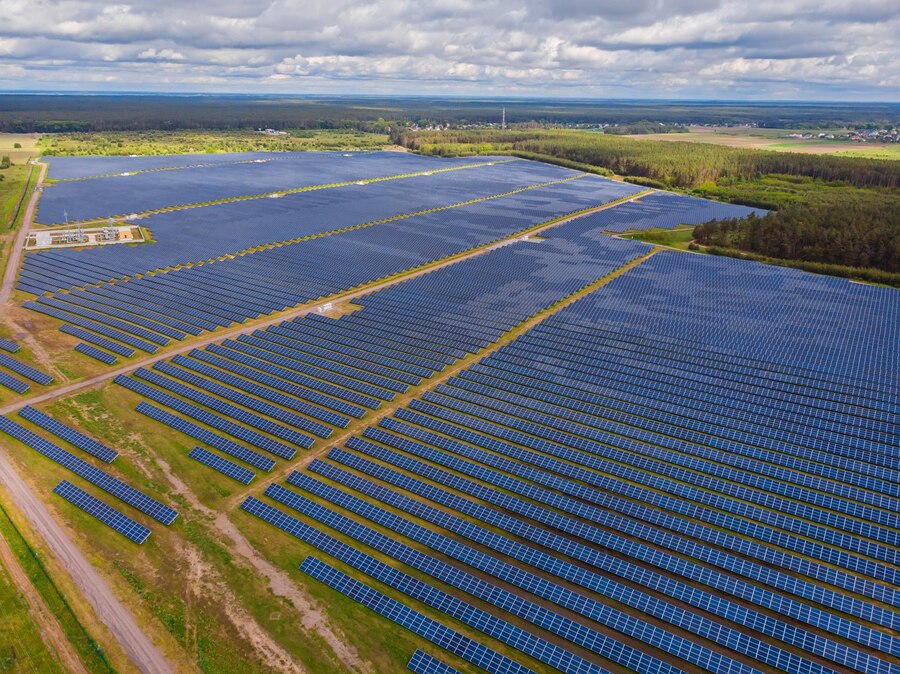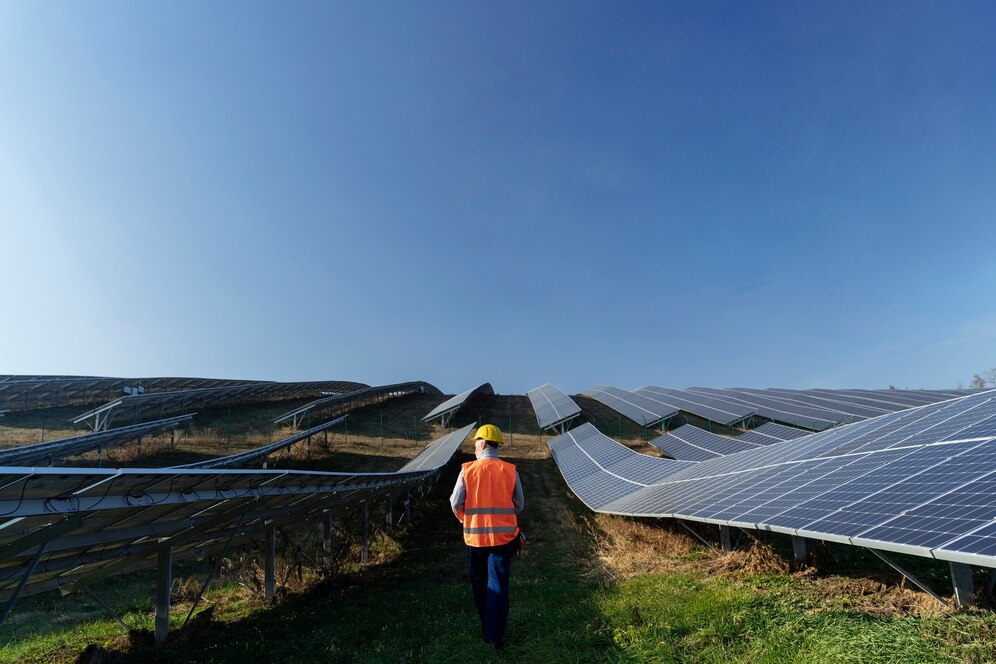Solar Power Plant Applications: Solution-Oriented Approach in Solar Energy Projects.
Solar energy power plants (GES) play a significant role in clean and sustainable energy production. GES power plant applications encompass various technologies used in the planning, design, and operation of projects. Here are the key elements of GES power plant applications:
- Grid-Connected Solar Power Plants:
This application includes projects where solar panels operate connected to the electrical grid. As solar energy is generated, it is supplied to the grid, and any surplus energy is fed back into the grid. These types of plants are commonly used near cities and towns with grid integration.
- Off-Grid Solar Power Plants:
Off-grid applications are designed to use solar energy systems in areas not connected to the electrical grid. These plants are typically used in rural areas, remote villages, or mobile energy solutions. Battery storage systems store energy to enhance availability during nights or cloudy days.
- Hybrid (Combined Heat and Power – CHP) Solar Power Plants:
Hybrid plants integrate solar energy with other energy sources such as wind energy, hydroelectric energy, or diesel generators. These solutions enhance energy continuity and optimize meeting energy demand.
- Distributed Solar Power Plants:
Distributed solar power plants are small-scale plants where solar panels are usually installed on rooftops or parking lots. This application is ideal for individual homeowners, businesses, or industrial facilities aiming to directly use energy or sell excess energy back to the grid.
- Smart Grid Integration:
Smart grid integration in GES power plants includes systems that respond quickly and dynamically to energy demand. Smart grid technologies optimize solar energy production and consumption, increasing energy efficiency, and improving integration with the electrical grid.
- Energy Storage Systems:
Energy storage systems in GES power plants enable storing excess energy during the day for use during periods of low demand. Batteries or other storage technologies enhance energy continuity and optimize system efficiency.




